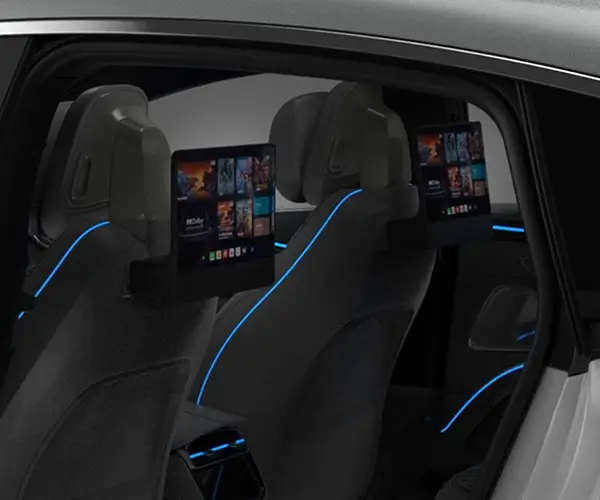Imagine this: You’re running an e-commerce platform, and every second counts. Orders come pouring in, inventory updates happen in real time, and customer data needs to be crystal clear. You want your system to breathe—fast, flexible, resilient—without turning into a tangled spaghetti of code. That’s where CQRS and microservices architecture step into the picture, turning chaos into harmony.

CQRS, or Command Query Responsibility Segregation, sounds fancy, but it’s really just a simple trick. It splits the handling of write operations (commands) from read operations (queries). Think about it like having two lanes on a highway—one for incoming orders, the other for traffic going out. This separation allows each lane to optimize for its purpose. When customers browse your products, they get quick, efficient responses—no delays caused by complex order processing behind the scenes. Meanwhile, the backend handles updates asynchronously, keeping everything smooth and unblocked.
Now, overlay that with microservices architecture, and you’re assembling a system of tiny, independent units. Each microservice handles a specific part—inventory management, payment processing, user authentication. It’s like having a team of specialists, each laser-focused on their task. If one goes down or needs an upgrade, the others keep running without a hitch. The result? Faster deployment cycles, better fault isolation, and the ability to scale specific parts of your app on demand.
Coupling CQRS with microservices? That combo is a setup for agility. Because microservices own their data and operations, you can choose different storage solutions tailored for specific tasks—maybe a NoSQL database for real-time analytics, or a relational database for transaction consistency. Meanwhile, CQRS keeps the command side separate from reading, enabling you to optimize each without compromise.
Ever wondered why some apps feel sluggish during peak hours? Often, it’s less about traffic and more about how the code handles that traffic. Systems built on these architectures can handle surges with ease, because components are loose and adaptable. They can be sharpened or expanded independently, so scaling doesn’t mean tearing down the whole system. It’s a smart way to prepare for growth without shaking everything apart.
Plus, this approach makes it easier to implement what’s called eventual consistency. It might sound technical, but it’s just a way of saying your data stays in sync over time, even if there’s a slight delay. So your app can be faster and more responsive.
When choosing a structure for your platform, you'll want to ask: “Can I improve responsiveness? Am I ready to scale flexibly? How do I keep things resilient when unpredictable traffic hits?” CQRS combined with microservices answers these questions with a resounding yes. It’s a system built for today’s fast-changing digital world, where agility isn’t just a feature, it’s the foundation.
In a nutshell, embracing this architecture means no more bottlenecks, no more one-size-fits-all solutions. It’s about creating an environment where each piece moves independently, yet harmoniously—making your platform more robust, more adaptable, ready to take on whatever comes next. Now that’s a system designed not just to work, but to thrive.
Established in 2005, Kpower has been dedicated to a professional compact motion unit manufacturer, headquartered in Dongguan, Guangdong Province, China. Leveraging innovations in modular drive technology, Kpower integrates high-performance motors, precision reducers, and multi-protocol control systems to provide efficient and customized smart drive system solutions. Kpower has delivered professional drive system solutions to over 500 enterprise clients globally with products covering various fields such as Smart Home Systems, Automatic Electronics, Robotics, Precision Agriculture, Drones, and Industrial Automation.




































